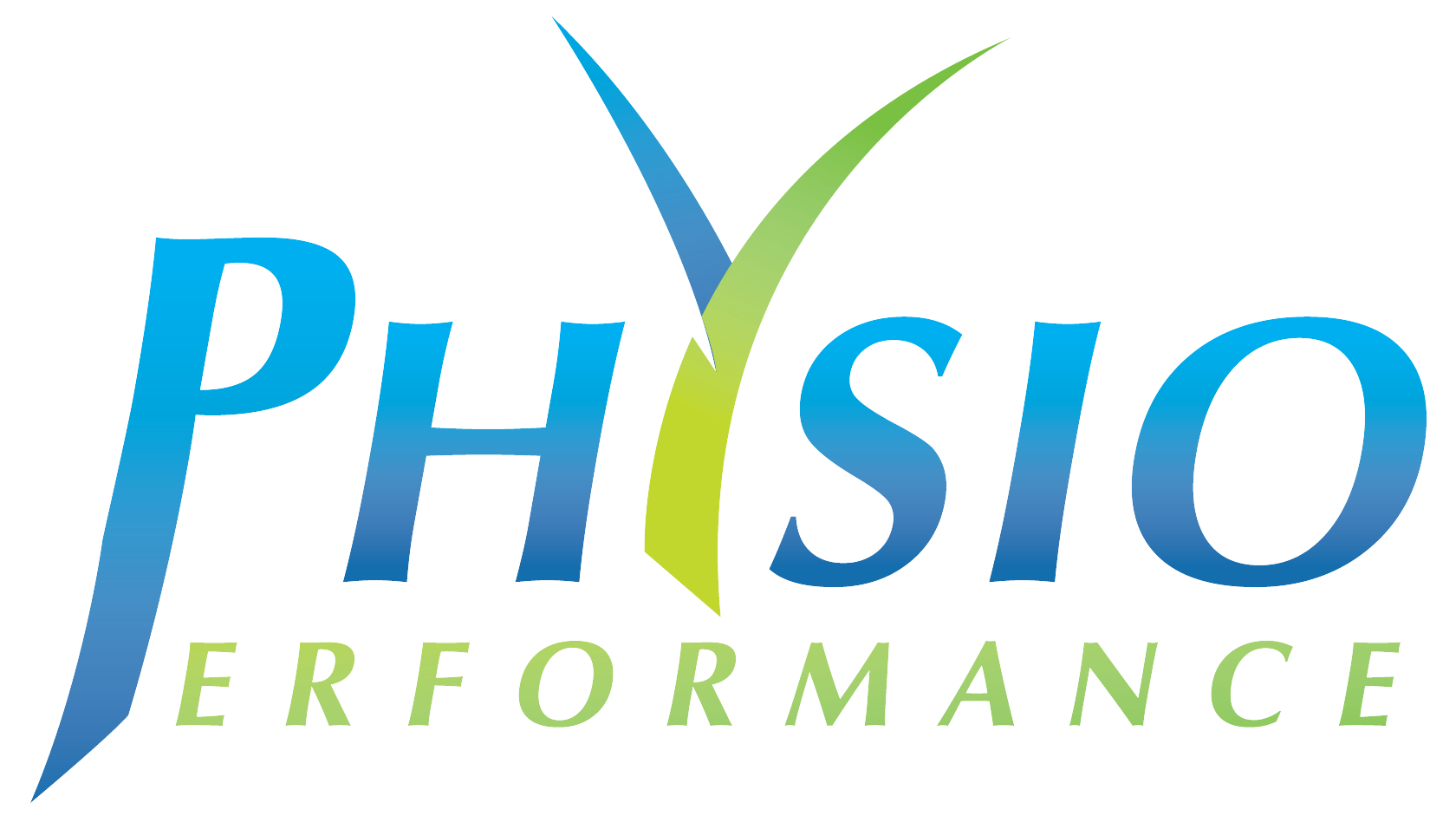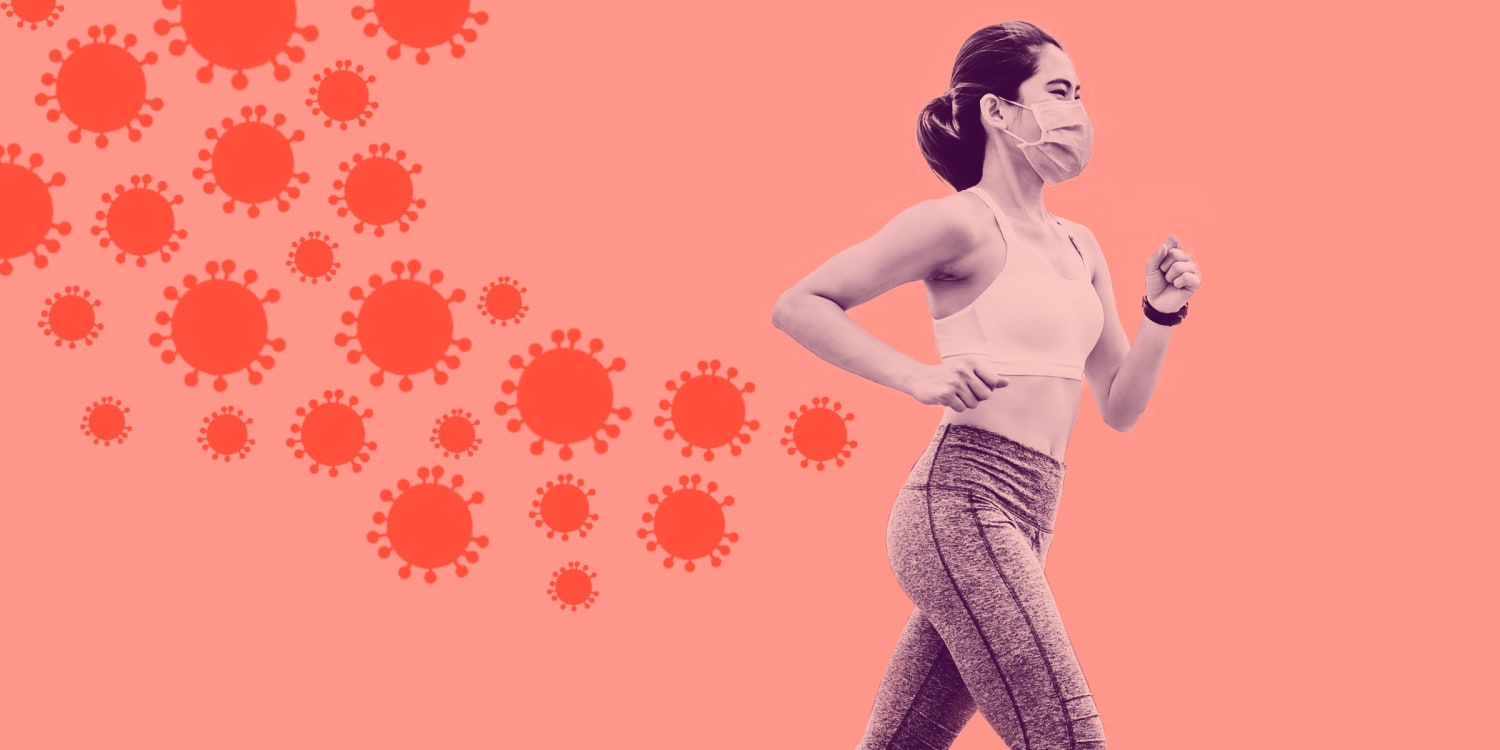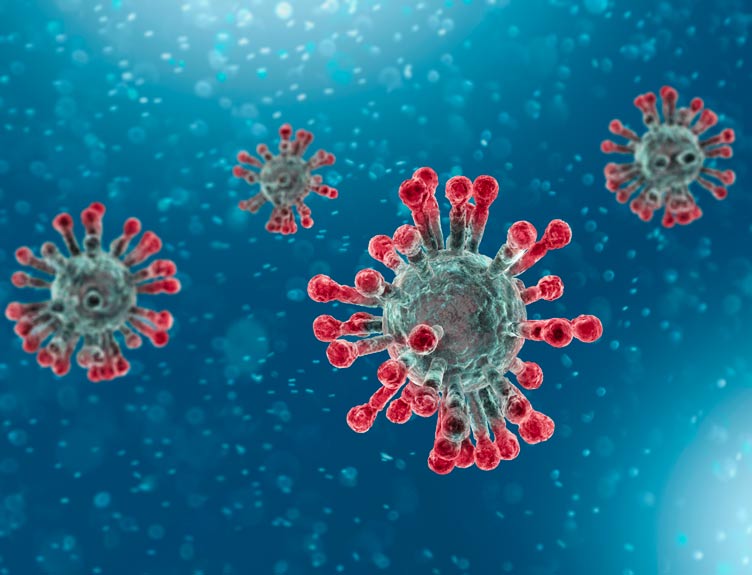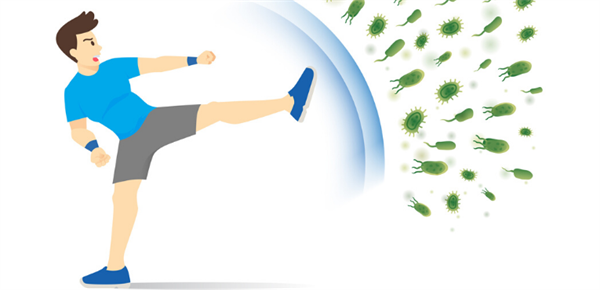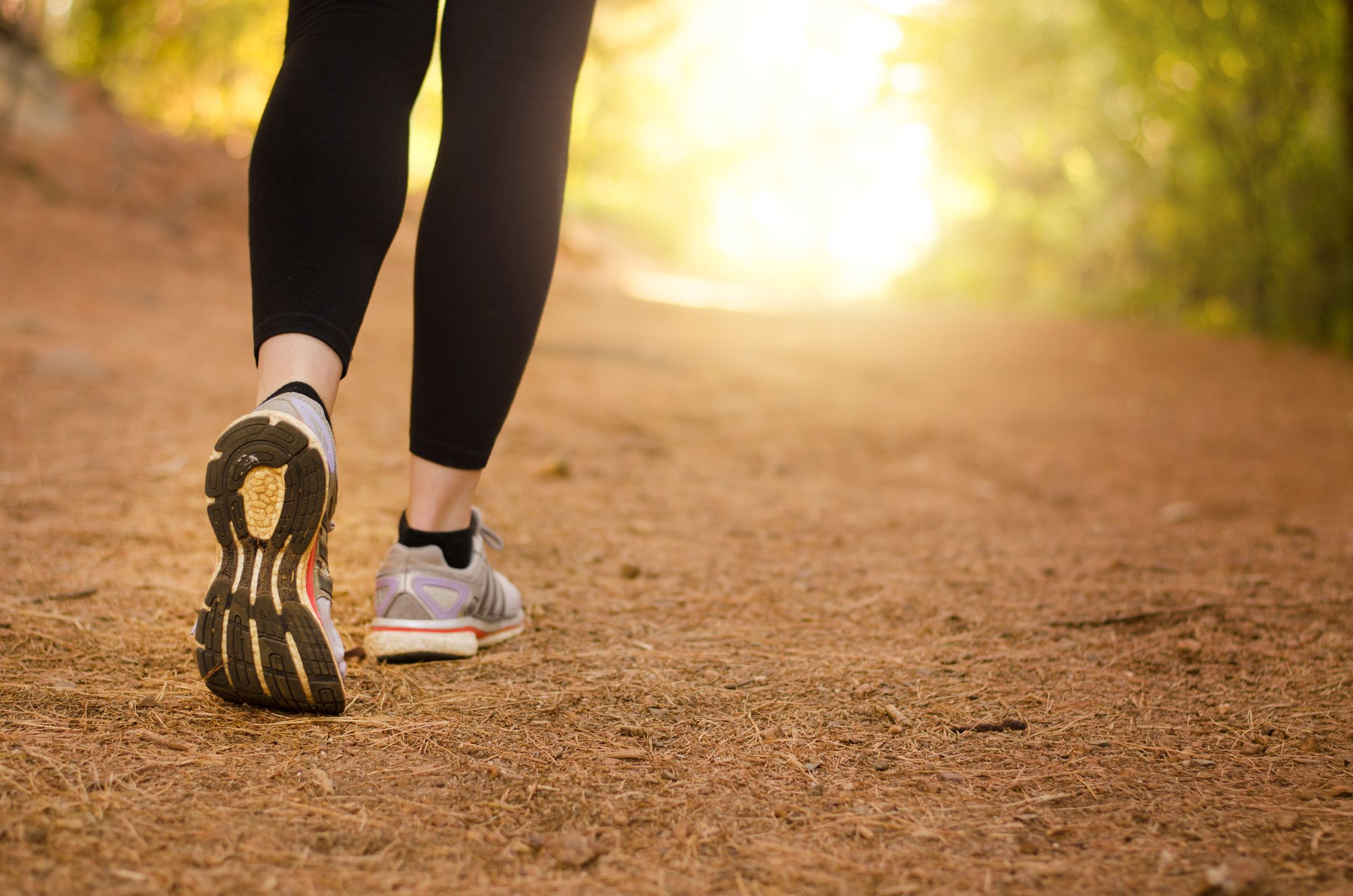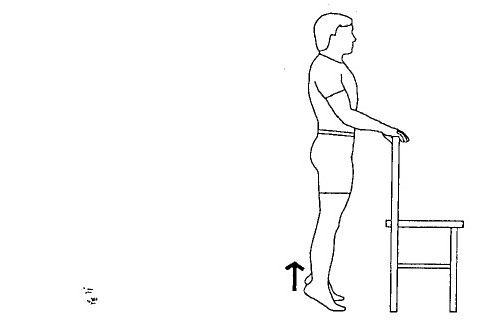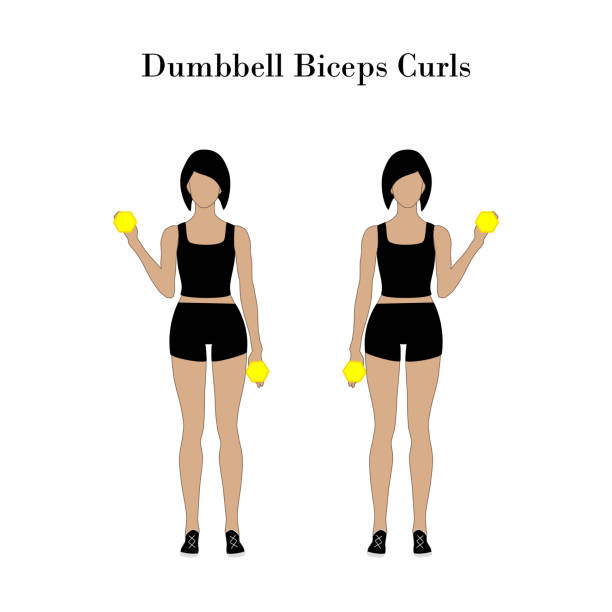COVID-19 and Its Effects
As you all know COVID-19 has affected a high percentage of the population all over the world. According to the Word Health Organization (WHO), over 110 million people have been diagnosed with COVID-19 so far. No doubt the recovery rate is high but one still needs to be cautious and smart when in the Recovery Phase and returning to exercise.
Recovery after COVID-19
When someone is affected with COVID-19, there are two possibilities. Either your body’s immune system will collapse or your body’s immune system will fight the virus and you’ll move slowly into the Recovery Phase.
Luckily, you are in your Recovery Phase and there are some important things you need to do to help your body during this Phase.
It may take you almost 4-6 weeks to recover from COVID-19 completely and you need to be patient during this time. This doesn’t mean that you are not allowed to exercise but you have to take things slowly and listen to your body.
Here are a few symptoms you might experience if you are recovering from COVID-19.
- Headache
- Fatigue or a feeling of laziness
- Breathlessness after activities
- Anxiety or depression
Not everyone will have these symptoms in the Recovery Phase, so don’t worry if you don’t you are doing really good!!
Will I be able to exercise normally?
This is the most common question asked by patients who are recovering from COVID-19.
The mistake most people make is that they try to perform the level of exercise that they where used to before COVID-19 and start feeling out of breath very quickly.
Performing exercise is good but overloading your body too much too soon is not good!!
It needs time to recover and you should respect the recovery period.
How much exercise can I do?
There are few things you need to consider before returning to exercise.
First, you should decide whether you are going to exercise outside of your home or inside your home. You must abide by government restrictions in this regard.
The next thing you must keep in mind is that it will take you some time to return back to your normal exercise level. That’s why you should increase the intensity of your activities gradually (this is the most important part).
Start performing exercises of minimal intensity and then gradually increase the intensity.
Here are few tips for you that’ll help you in get back to your exercise routine:
- Do not compare yourself to others. You need to understand that everyone is unique and the recovery rate of every single person is different.
- Rest whenever you feel that you are getting tired. Rest is important for your recovery.
- Breakdown your main goal into smaller goals that can be achieved weekly.
- Monitor your breathing pattern while exercising. You should exercise at a level whereby you are slightly out of breath but still able to talk.
Important Components of Covid-19 Recovery
Here are 3 of the most important components that you must keep in mind when you are planning to return to exercise following COVID-19.
(1) Pacing
When you start exercising initially, you may feel more tired than usual. You may also feel that your energy levels are decreased. We want to assure you that this is normal and you should not worry at all.
This may last for 4-6 weeks. While exercising, you should go slow and increase your activities gradually. You can skip or cut down your exercise level if you have been involved in activities that required increased physical effort like gardening or housework.
Balancing your routine between your daily physical activities and exercise is crucial!!
(2) Energy Management
The second most important component when talking about a safe return to exercise following COVID-19 is Energy Management. You need to keep in mind that your body is still in Recovery Phase and energy conservation is necessary for your body.
How to do that?
This is simple. Perform activities in a way that minimizes physical effort such as sitting on a stool to do the ironing or cooking. While resting, lie down on your belly and place a cushion or pillow under your belly. You can figure out other positions as well.
(3) Stress Management
The third most important component in a safe return to exercise following COVID-19 is Stress Management. We are not saying that you should not feel any stress at all. Having some anxiety/worry following COVID-19 is a normal feeling but as you know any excess of any kind is bad. Now you must be thinking about how you can manage your stress.
Here are few tips for you:
- Stay in contact with the people you love talking to (family member, neighbour or a friend etc.)
- Involve yourself in a task that you find interesting such as reading a book, gardening etc.
- Play mentally challenging games or watch a TV programme you enjoy.
Contact your doctor if you feel that your stress or anxiety is getting out of control.
Single Best Exercise-Walking
Loss of muscle strength and a feeling of weakness is normal if you have spent some time in hospital or if you were self isolating for 14 days.
Walking is one of the simplest exercises that anyone can perform to regain his/her fitness and strength. Walking is simple but yet one needs to be cautious about the duration of walking. Pushing yourself for a 30 minute walk is not something you should be doing in your initial days. 5-10 minute walk daily is advisable in the first week.
According to recent research:
You should aim to be walking at least 30 minutes 5 times a week after 6 weeks.
One thing you should be careful about is your breathing pattern. You should walk at a pace that makes your slightly out of breath but you are still able to talk. If you are so much breathless that you are unable to talk, you should immediately STOP.
Here is guideline for you to incorporate walking in your exercise routine.
- Week 1: 5-10 minute walk daily
- Week 2: 10-15 minute walk daily
- Week 3: 5-10 minute walk daily
- Week 4: 20-25 minute walk daily
- Week 5-6: 25-30 minute walk daily
While planning your walks, make sure that there is something to rest on (a chair, a bench etc.) if you get out of breath or feel tired. Remember, rest is important.
Breathlessness after COVID-19
If you are feeling short of breath while performing exercise, do not worry. It is a common phenomenon observed in the Recovery Phase.
During the early stages of COVID-19, Breathlessness occurs even after minimal activities such as getting dressed, showering or walking. As soon as you start recovering, these symptoms hopefully will start to improve.
Remember to slow down if you are not able to talk because of this breathlessness and take some rest. Feeling of breathlessness can also trigger anxiety and anxiety itself can cause breathlessness. Beware of this cycle and try to relax whenever such thing happens.
Helpful Positions for Breathing
Whenever we move our body, a number of muscles are involved that enable us to perform that movement. Muscles are also involved when we inhale or exhale. These muscles are known as respiratory muscles.
These muscles may get weak following COVID-19 and may take some time to regain their strength. Here are few positions that support these muscles and can ease your breathing.
- Sitting Leaning Forward Position
Sit comfortably while leaning forward and resting your elbows on knees.
- Sitting Leaning Forward on a table
Sit comfortably while leaning forward and resting your elbows on a table.
- Standing Leaning Forward
Stand upright and lean forwards while resting your elbows on a chair, wall or a railing.
Simple Exercises for Home
Moving around or joining a gym for exercising can be tough during government restrictions and that’s why you should be aware of some simple exercises that can be performed easily at your home.
Heel Raises
This exercise targets your calf muscles.
- Stand tall in front of a chair.
- While resting your hands on top of the chair, raise your heel off the ground.
- Hold this position for few seconds while keeping your knees straight and relax.
Sit to Stand
This exercise targets your thigh and abdominal muscles.
- Sit comfortably in a chair.
- Squeeze your buttocks and stand up.
- Once upright, sit down slowly
Quad Sets
This exercise targets your thigh muscles.
- Lie down straight and place a rolled towel under your knees.
- While keeping your back straight, press the rolled towel with your knees.
- Hold for few seconds and then relax.
Bicep Curls
This exercise targets your biceps muscles.
- Stand tall while holding a weight in your hand.
- Slowly life the weight towards your face by bending your elbow.
- Hold the end position for few seconds and slowly lower down the weight.
Shoulder raises
This exercise targets your shoulder and neck muscles.
- Hold some weight in both of your hands.
- Elevate or shrug your shoulder while keeping your elbows straight.
- Hold the end position for few seconds and then relax.
If you need any expert advice regarding your safe return to exercise following COVID-19, you can contact the movement health experts here at Physio Performance by calling 086-1958223 or Book an Appointment Online by Clicking Here .
